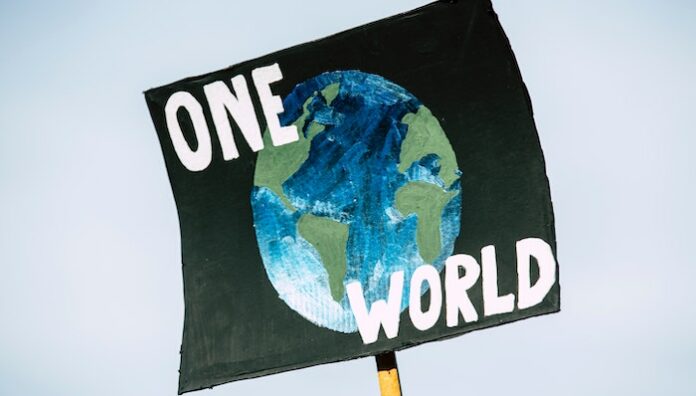
As people who care about the Earth, it’s understandable to be impatient for action on climate change. For most of our lives, we’ve been hearing ever-stronger warnings about the danger. And yet somehow, we encounter people who oppose taking action to protect society and ecosystems. Progress, when it happens, seems too slow to meet the urgency of the situation.
I’m an engineer who uses math every day. And math is what helps me feel hopeful about addressing climate change — even when the outlook seems bleak.
I remember the first time I was able to model reality with laws of physics. It was a very simple “reality,” made of a block and gravity, but I still felt as if I was being let in on a secret, and could see a little clearer. Now, I see math everywhere. I see it in the rocking of a leaf on its stalk, in the rolling wheels of a passing car. And in the way a door sticks and suddenly breaks free when you push a little harder.
Sometimes our action on climate change feels stuck. But it’s a mistake to look at how slow progress has been in the past and assume it always will be.
The math of social change suggests we are closer to success than we might think. Social change often occurs in tipping points, also known as phase transitions. This is the phenomenon when seemingly small changes in society initially have very little effect until they reach a certain threshold where they trigger rapid transformation.
This sudden transformation is a bit like how raising the temperature of water doesn’t seem to change much until you reach the boiling point.
In society, we can’t always predict when support for an idea will reach critical mass and change everything. We have seen this again and again in history, with civil rights, votes for women, and recently, MeToo, Black Lives Matter, and support for Ukraine. Change seemed implausible, then it happened — and fast. It took years of activists’ dedicated effort to get to that point.
The possibility of accelerating our climate response makes me hopeful. And hope is important for us to keep participating.
Political stagnation and opposition can sap our motivation. We often feel discouraged when we encounter people who don’t support climate action, and despair at the impossibility of changing their minds. But maybe, to succeed, we don’t have to.
We want the climate movement to gain the support of enough people to create a phase transition. Several researchers estimate how many people count as “enough people,” and the answer is likely that it depends on the type of change, with estimates of the required participation ranging anywhere from 3.5% to 25%. To me, the exact numbers don’t matter. What’s notable is that we don’t need 100%, as we often think.
In many ways, we are in a better position as climate activists than in previous decades. The proportion of Americans who are concerned about climate change and support measures to address it is higher than ever, with 64% saying they are “worried” or “very worried” about it. There have also been record investments in clean energy around the world. I appreciate every small gain in support and investment as bringing us closer to a phase transition.
All of this to say, there is still plenty more we must do to protect the planet. Thinking about it mathematically can remind us that it IS possible, and give us the hope we need to keep going.
Photo by Markus Spiske on Unsplash



















It’s truly fascinating how our understanding of the laws of physics and mathematics can transform our perception of the world around us. The ability to model reality and see the underlying mathematical patterns can indeed make us feel like we are discovering hidden secrets.
It is a challenge for me to advocate for an idea that will reach critical mass and bring about significant change.